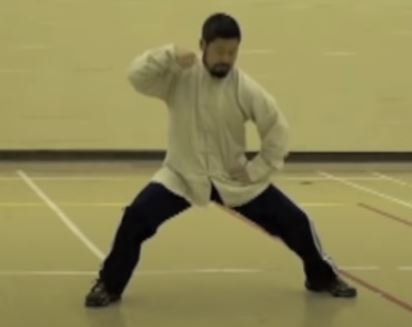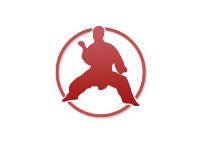Knowledge : Taiji FAQ
Highlighted comment
George Chen 11 hours ago on Youtube Practicalmethod channel.
Hi Sifu Chen, I really enjoy your videos. I know that different teachers have different emphases and skills, and that some skills are more “practical” in the sense that they don’t require setup or cooperation of the other person in a live situation. That said, there are 2 or 3 online taiji teachers (e,g, Liang DeHua and Adam Meisner) who use “na” energy extensively to capture the partner’s body and push him out. Do you also teach this skill, and if not, why not? Thank you for considering my question. Read more
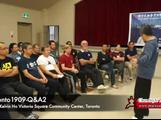
Question and Answer part two of the Chen Zhonghua Sept. 2019 Toronto Practical Method Workshop.
Presenter: Chen Zhonghua Length: 10 min. In: English Year: 2019 Difficulty:1/5 At:Toronto
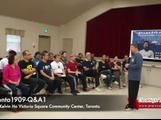
Question and Answer session at the Sept. 2019 Chen Zhonghua Toronto Practical Method Workshop.
Presenter: Chen Zhonghua Length: 10 min. In: English Year: 2019 Difficulty:1/5 At:Toronto
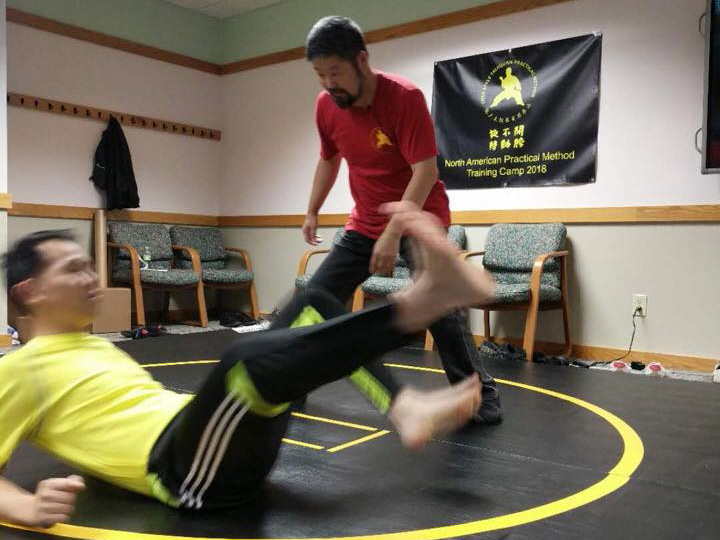
We are collecting people’s impressions of Master Chen’s ability in the format of a short and concise description. Is there anything that shocks you when you met him for the first time? Please add your own impression as a comment below. The following are a few examples:
Wall – Kelvin Ho
Spear that pokes at you – Kelvin Ho
Body is different from a normal person – Kelvin Ho
Able to move individual body part – Kelvin Ho Read more
Who is a true disciple?
A true disciple is someone who follows the teacher based on the principles of the teachings. When the teacher evolves in his understanding, a true disciple will do the same. Even if the teacher and the true disciple don’t see each other for an extended period of time, their evolutions will still head in the same direction.
Principle: Separation of Yin and Yang
Concept: Indirect Power
Action: In with elbow no hand, out with hand no elbow.
These are three ways of describing taiji. They are one and the same.
Master Chen Zhonghua discussed the above during a Q&A session at the North American Practical Method Training Camp from Jul 29 to Aug 2, 2017.
Hello Master Chen
I have a question about kua, shoulder and shun/ni.
My question is when you are doing say, cloud hands. You show this on one of your videos here called How To Keep The Center from 3.25. You are on left leg and kua opens on left side and the left hand looks like Ni. Does this mean that the kua opening always coincides with Ni chan and closing of kua is shun chan.
Also in one of your videos I remember you say that when hip opens then same side shoulder kua closes and vice versa. What does this mean exactly with the shoulder kua closing or opening. Does opening of shouldre kua mean that shoulder is not sunk and closed shoulder kua means shoulder is not sunk?
Thanks
Becka
Video in Chinese: http://v.youku.com/v_show/id_XNjkwODU2OTE2.html
For detailed video, please purchase the original here: http://practicalmethod.com/2012/02/germany-2011-private-workshop-6-online-video-trailer/

